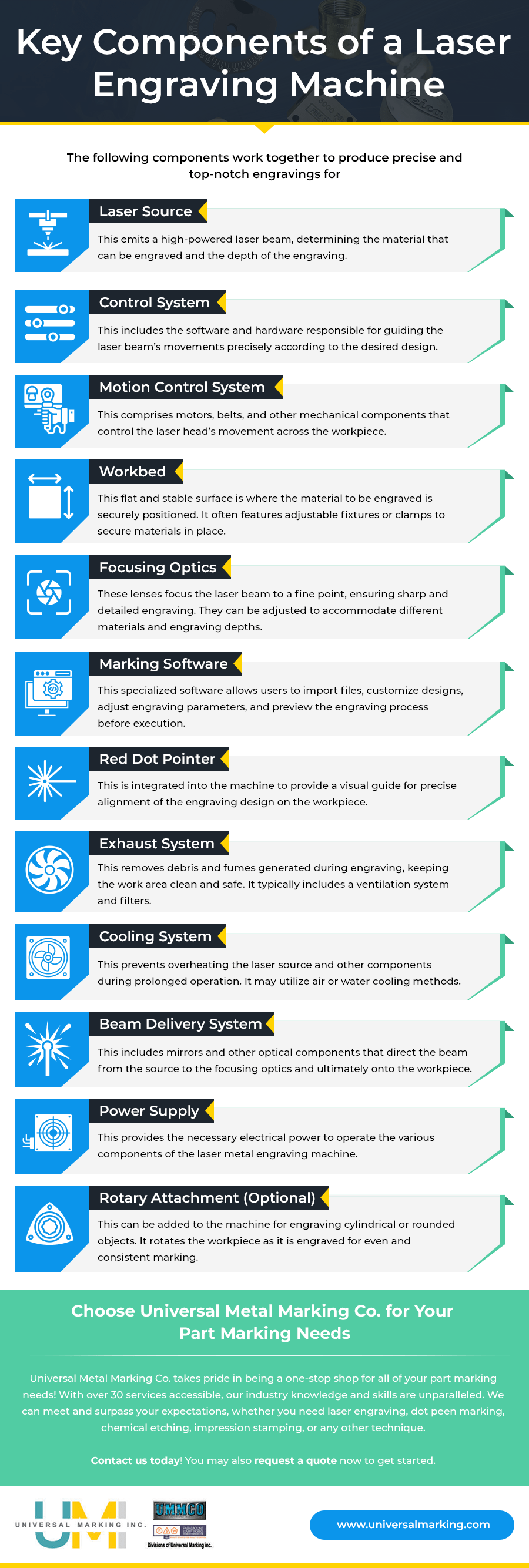Electrical discharge machining (EDM) stamping is a highly precise manufacturing process often used to produce complex parts and components with intricate shapes. In this process, an electrical discharge removes material from a workpiece and creates the desired form. This is achieved by creating sparks between an electrode and the workpiece, which erode the material and leave behind a finished part.
While EDM stamping offers many advantages over traditional machining methods, achieving the required precision can be challenging. Therefore, manufacturers must consider the key considerations to achieve the necessary accuracy and produce high-quality parts. Listed below are some of the most significant elements and factors to take consider when utilizing the technique:
1. Electrode Material
The electrode is the tool that is utilized to generate the desired shape by eroding the material from the workpiece through sparks. The material for the electrode must be able to withstand the high temperatures and forces generated without degrading. It must also maintain its shape and dimensions throughout the machining process. Examples of the most common electrode material are copper, graphite, and tungsten.
2. Machining Parameters
Machining parameters refer to various settings and conditions, including pulse duration, frequency, and power settings. The pulse duration is the length of time the electrical discharge is applied to the workpiece, ranging from microseconds to milliseconds. Meanwhile, the pulse frequency is the number of electrical releases generated per second.
Lastly, the power setting determines the amount of energy delivered to the workpiece during each electrical discharge. The gap distance between the electrode and the workpiece is also an important parameter that must be controlled. This determines the amount of material removed per discharge, affecting the machining’s accuracy and precision.
3. Dielectric Fluid Type and Quality
Dielectric fluid is an essential component of EDM stamping. It serves as a medium to conduct electricity between the electrode and the workpiece and cool and flush the machining area. The three common types of fluids include mineral oil-based, synthetic, and water-based, and the selection depends on the material being machined and the electrode used.
The quality of the fluid is also critical to the process. Over time, the fluid can become contaminated with debris and particles from the machining process. This reduces its effectiveness and potentially causes damage to the workpiece or electrode. Therefore, manufacturers must monitor the fluid quality regularly, filtering and replacing it as necessary to maintain optimal performance.
4. Workpiece Preparation and Fixturing
Workpiece preparation involves the careful cleaning and inspection of the material before machining. Any surface imperfections — such as burrs, scratches, or contaminants — can affect the accuracy and quality of the process. On the other hand, fixturing is the method used to hold the workpiece securely in place. Proper fixturing can help prevent vibration, distortion, or movement of the part or component.
Depending on the specific application and workpiece geometry, there are various methods and techniques for fixturing. For example, magnetic chucks can be used for flat and thin pieces, while vices, clamps, and fixtures are suitable for more complex geometries.
5. Type of EDM Machine
The general purpose of an EDM machine is to shape and cut metal pieces into very precise and complex shapes. There are three main types available: sinker, wire, and drilling. Sinker machines utilize a shaped electrode to create a cavity in the workpiece, while wire machines use a thin wire to cut the component. Lastly, drilling EDM machines are used to make holes in the part.
6. Post-Machining Treatments
Post-machining treatments are often required to improve the finished parts’ performance, durability, or aesthetic appeal. For example, heat treatment is a common post-machining technique to enhance the material’s strength, hardness, or ductility. On the other hand, surface treatment modifies the surface properties of the workpiece, such as corrosion resistance, wear resistance, or friction coefficient.
Universal Metal Marking: The Most Reliable Part Marking Company
Are you looking for high-quality part marking services? Universal Marking Inc. has got you covered! With over 30 services and the latest technology at our disposal, we can meet all your marking needs.
Our services cater to various industries, from aerospace to fabrication. We serve more than 300 clients across 24 industries, spanning over 40 states within the United States and overseas!
Contact us today for more information or
request a quote.

